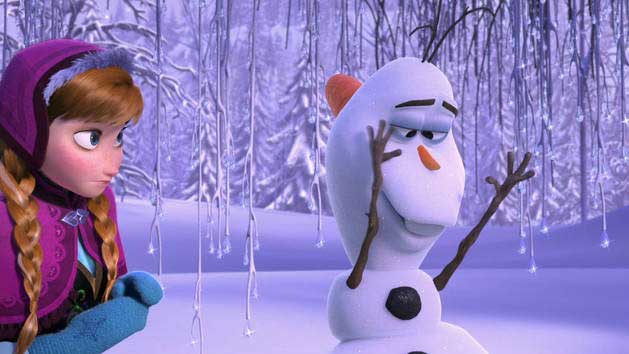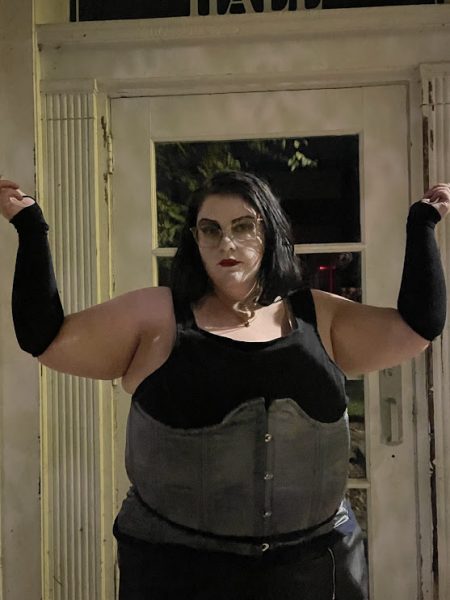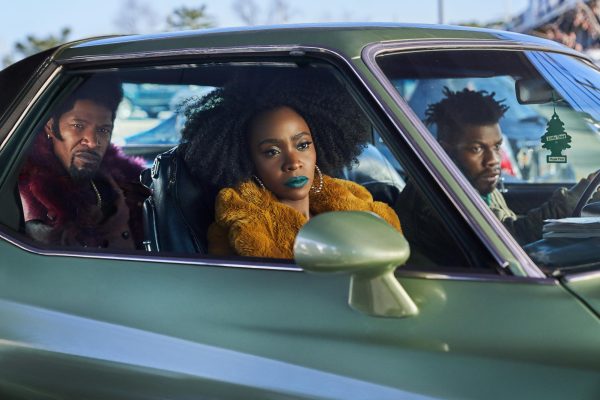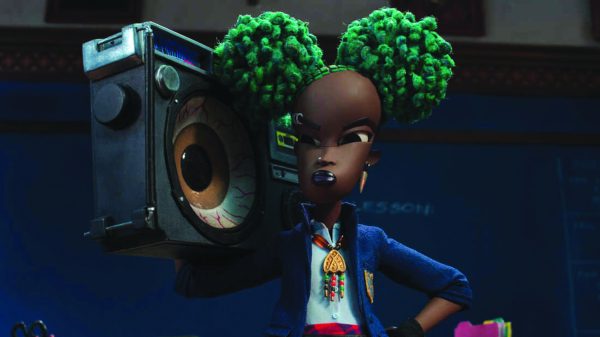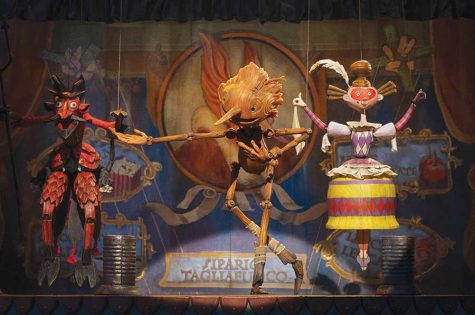Thawing out “Frozen”
A warm moment in “Frozen.”
Tuesday night I made the decision to watch Disney’s newest animated film: “Frozen.” For weeks, I had been hearing people across campus singing, “DO YOU WANT TO BUILD A SNOWMAN? IT DOESN’T HAVE TO BE A SNOWMAN.”
So I decided, with a notably heavy heart, to take the icy plunge into “Frozen.”
As soon as I sat down to begin watching it, I was hit with a face full of a classic Disney move: an upbeat song about a mundane task. Large busty men were shown cutting pieces of ice while singing a song about it, and in the background a small blond child ran around imitating the men by cutting grapefruit sized ice chunks with his equally adorable small reindeer pal.
I groaned at this point. This was beginning to be another cutesy, feel good Disney movie, with an utterly simple plot. But, I gave it a chance.
Disney has surprised viewers recently, starting with “Toy Story 3,” and then “Brave”; Disney has started to diversify its plot structure and character depth. “Toy Story 3” brought to life characters almost accepting their death, and “Brave” brought a heroine who actually didn’t want to get married.
So, my hopes were set high for directors Chis Buck and Jennifer Lee’s epic frozen adventure.
After the nonsense with the ice harvesters, we finally get introduced to our main characters, Anna and Elsa, young princesses of the kingdom of Arendelle.
As we soon find out from some beautifully animated shots, Arendelle is a small kingdom located in what I’ll guess as northern Europe in a preindustrial-revolution time period.
The plot of the movie is pretty simple; Elsa has the near godlike power to control ice and snow and cold things and is put in her room until she’s old enough to be queen because she accidentally shot her sister in the head with ice as a child.
Anna, her slightly younger sister, has fantasized about leaving the house so, as expected, as soon as she gets her chance to do so, she meets a man, because apparently in Disney movies as soon as you leave your house you find a man.
This leads to an icy confrontation with Elsa and the entire kingdom is soon plunged into an endless winter.
The story is roughly based upon Hans Christian Andersen’s “Snow Queen,” but the only way to see that is in the characters names: Hans, Kristoff, Anna, and Sven. While the story relatively simple, and quickly paced, it makes up for it in animation quality and voice acting.
Kristen Bell (Anna) and Idina Menzel (Elsa) triumph, with ballads such as “Let it Go,” and “For the first time in Forever,” it’s no wonder this movie grossed 67.4 million within the first three day weekend and now has 396.5 million as of March 17.
However, the movie is a classic Disney story arch. Two characters start off in a depressed state, an event happens that changes everything, they both have to overcome some sort of adversity, then everything is better at the end.
But what “Frozen” offers are twists and turns, and for once a love story not about a man and woman but of sororal love. At the end of the movie, I was frustrated that the scene of Kristoff and Anna coming together and kissing was even in there. It seemed to trivialize the bond that the movie forged between Anna and Elsa.
“Frozen” is another Disney attempt to try and get out of the stereotypical man and woman love story the company originally brought to young viewers. While I fully respect its efforts so far, I think it needs to go further and branch out what love is and how it is no longer just a connection between a man and a woman.
Disney needs to test the boundaries as to what love is and who and what can feel it. In the end, I appreciate “Frozen” and what it’s doing to challenge younger viewers, but I still don’t really want to build a snowman.
Ben Simone joined the Basement Medicine Staff in Spring 2014, assuming the position of staff reporter.


